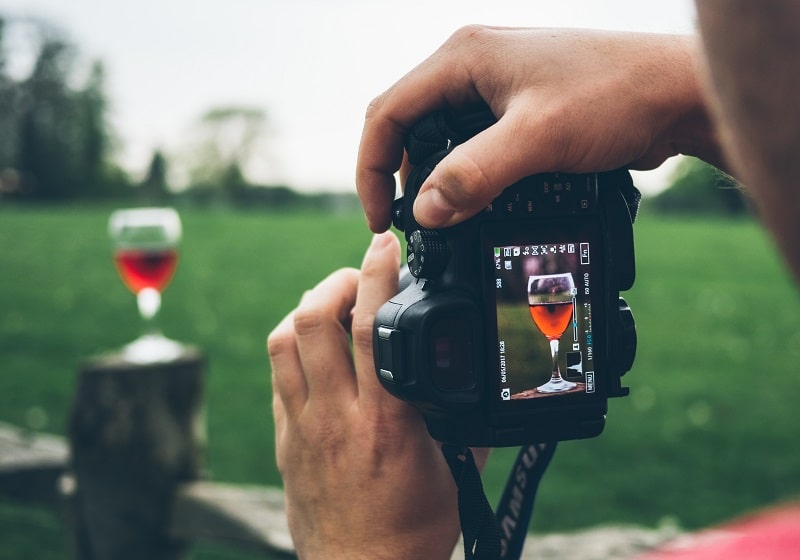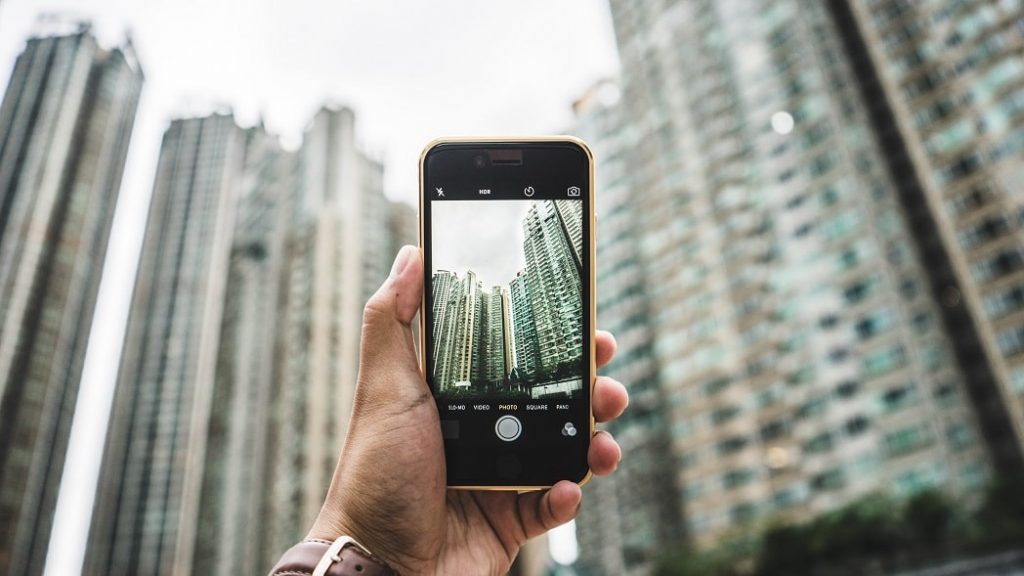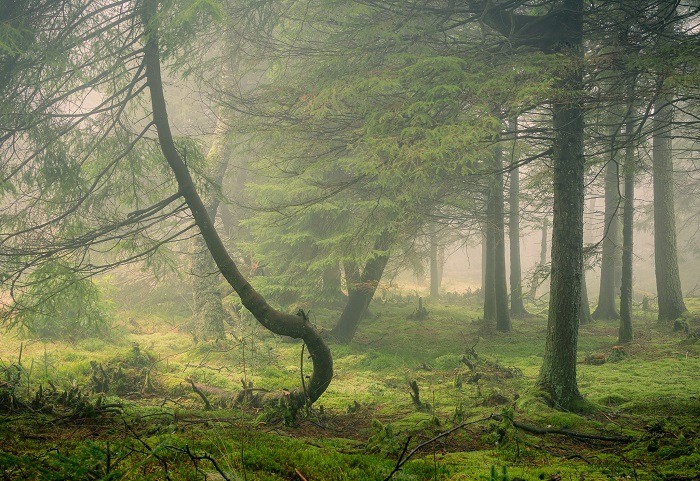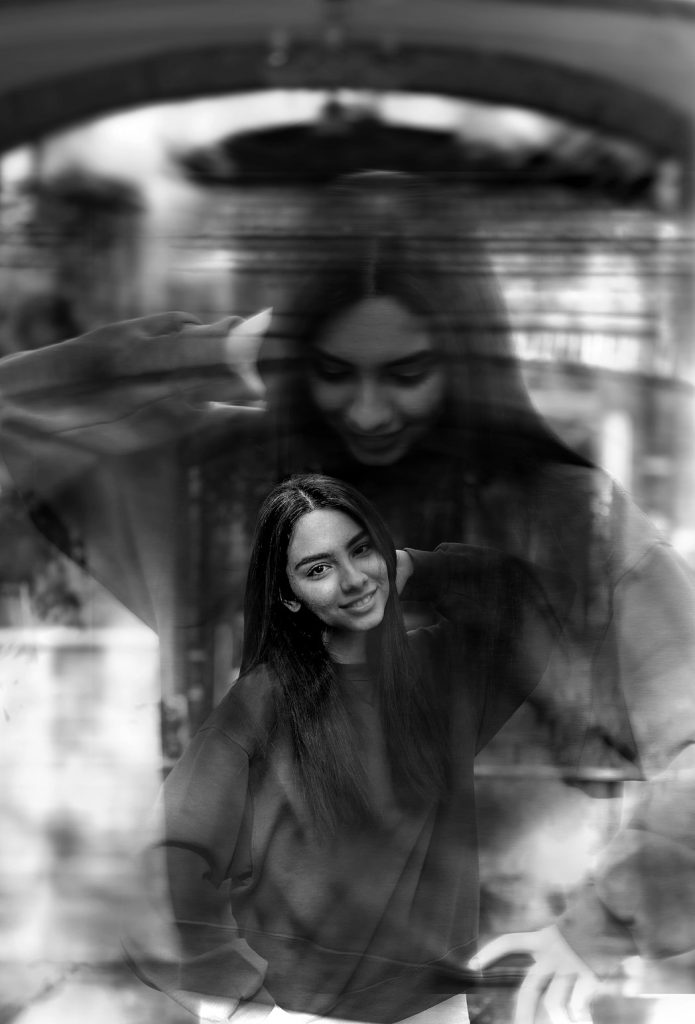How to Become a Better Photographer – 10 Tips to Improve Your Photography
by Alex W.
Photography is one of those things that takes a minute to learn and a lifetime to master. Anybody can pick up a camera and take a photo, but learning how to become a better photographer is a lifelong pursuit that can lead you down some very interesting roads.
Of course, every photographer takes a different path to improvement, and the actual destinations are different for everybody too.
What works for some people might not work for others, and what’s actually considered better will vary between photographers too. Even so, there are some tips for improving your photography that apply across the board.
That’s what we’re here to share with you. And no, it doesn’t require any extra gear!
10 Tips to Become a Better Photographer
1. Cover the LCD Screen
One of the biggest differences between film photography and digital photography is the ability to instantly review the image we’ve just captured.
This is, without a doubt, a massive benefit on a whole. It means that we don’t return home after a day shooting to find that most precious of shots has been ruined by overexposure, camera shake or a similar issue.
However, many beginner photographers become over reliant on the LCD screen. They constantly review their images as they shoot (known as “chimping”), and as such they can become lazy.

Try taping a piece of card over your LCD screen for a day and focus entirely on the photographic process. Make sure your exposure, composition and depth of field are correct at the first time of asking and stay in touch with your subject.
This simple trick is one of my favorites to teach beginners, because it forces them to truly think before pressing the shutter. For even more authentic results, try combining it with one of the other limitations further on in this article.
2. Study Other Photographers
Every photographer has a list of other photographers that they admire or get inspired by, but you can take it one step further and figure out why you admire them.
What is it that draws your attention? Their composition? Their unique subject ideas? Maybe it’s a distinctive approach to post-processing.
Take some time to truly look at these photographers’ work and find out what they’re doing differently to you. This will go a long way to helping you unearth the photographer that you want to be.
Once you’ve figured out what they do differently, try learning how they achieve these results. Leading us nicely on to tip number three…
3. Learn Something New
Now, this doesn’t have to be learning how your favorite photographers get their results, but that does make a good starting point.
However, it can be anything. Maybe you want to learn how to use Lightroom, or possibly dip your toes in another genre of photography entirely.
In any case, constant learning is the best way to become a better photographer. Beginners will (quite rightly) spend their time learning the basics of all sorts of photography, but as you start to hone in on what you like your learning will become more focused and advanced.

The actual learning element can come from whatever source you find most interesting. The wonderful articles (shameless plug) here on Click and Learn Photography are great if you like a word-based approach to learning, but if you don’t there’s always YouTube and face to face workshops to develop your photography.
Eventually, once your photography knowledge is at a certain level, you’ll actually start learning from yourself!
4. Limit Yourself to a Roll of Film
Images have become more or less disposable in the modern day. Things like SD cards and external hard drives have become so cheap and so large in capacity that you can take literally thousands of images for the same price as a roll of film.
Just like the LCD screen, this is both a blessing and a curse. It’s made photography much more accessible, but also introduced the so-called ‘spray and pray’ approach. Basically, people will just take a ton of images and hope that one of them turns out the way they want.
That is not the path to becoming a better photographer, is it?
Next time you’re out shooting, try limiting yourself to a roll of film for the day (that’s 24 or 36 exposures for those of you that don’t know). You can do this with digital cameras too, you just have to be strict with yourself!
Of course, using a film camera and an actual roll of film brings the added benefit of working with a new photographic medium as well.
In any case, limiting yourself to a few dozen exposures will force you to carefully consider every single shot you take and drastically reduce the amount of images that end up in the recycling bin.
5. Keep Limiting Yourself
Your self-imposed restrictions don’t have to stop at the LCD screen or the number of images you capture. You can take these photographic limitations in any direction you want.
“Why?” I hear you ask. Well, more options aren’t always a good thing. With more options comes more laziness, more indecisiveness, and a sense of being overwhelmed.

Options can also stunt growth. You can end up relying on the optical zoom of your lens or the crop function in Lightroom for your compositions. You can fail to expose correctly because you know you can just fix it in post processing. Most importantly, you can overlook fresh ideas in order to take the ‘safe’ approach that you’re already familiar with.
Start limiting yourself when you go out shooting, and you’ll find that your creativity skyrockets. Here are a few ideas to get you started:
- Limit yourself to a certain focal length. If you’ve got a prime lens (if you don’t, here’s why you should get one), only take that lens out with you. Try limiting yourself to a different focal length for each outing.
- Only use a certain aperture for a day. This works best if the aperture is on the extreme end (f/2.8 for landscape photography, for example).
- Spend a day shooting only in black and white.
- Decide on a subject or theme (the color red, for example) before leaving the house and then focus on that for the whole day.
6. Break the Rules
If you’ve spent any time learning about photography online, you’ll undoubtedly have come across countless articles telling you all about the ‘rules’ of photography.
You know the drill – always shoot in the Golden Hours, use the rule of thirds, and so on and so forth.
I’m here to tell you that there are no rules in photography! I’m a big advocate of breaking these so-called photography rules and freeing people of these self imposed shackles.
With that in mind, spend some time actively trying to break as many photography ‘rules’ as possible. Center your subject, shoot in the harsh midday sun and use a wide open aperture in your landscape photography.
If you can go against the grain and still create a worthwhile image, then you’re well on your way to improving as a photographer.

7. Complete a Photography Challenge
There’s nothing like forcing yourself to do something to make you think outside the box, and photography challenges or projects are a great way to do this.
You can go down the traditional route of completing a 365 photography challenge, where you commit to taking at least one photo per day. This is a great way to broaden your photographic horizons and force you to shoot subjects you would normally overlook.
Alternatively, you can set your own challenge or project. For example, you could commit to producing a series of intriguing images of subjects around your house. Want an example? Check out Chris Dale’s fantastic ‘Mountains from Molehills’ project. Chris crafted a portfolio of images where he portrayed miniature landscapes as epic mountain vistas using Intentional Camera Movement (ICM), which leads us nicely on to our next tip…
8. Experiment with New Techniques
Improving as a photographer is all about pushing the boundaries of your skill and creativity, and there’s no better way to do that than to try out a completely new technique.
This can be anything from simple long exposure work to the more complex and often frustrating world of ICM and Multiple Exposures. These techniques can allow you to transform the most mundane of subjects into something wondrous and mysterious, and they’re a really great way to let your creativity shine through.

New techniques aren’t limited to the world of abstract photography though. You could try techniques such as panning, creating HDR and.or panoramic images, or even just try out a new genre of photography.
9. Attend a Photography Workshop
This way sound strange coming from a website dedicated to teaching photography through the internet, but you can’t actually learn everything online!
Sure, you can gain a ton of knowledge from Click and Learn Photography and other sites like it, and you can even use it as a source of inspiration. However, nothing can compare to the learning experience of being out in the field with a photographer you admire teaching you about his or her approach to photography.
This sort of experience delivers a fresh new insight into the mind of other photographers, and you can see all their advice in action as well.
Workshops are one of my favorite gifts for photographer friends, and that’s because they have the potential to truly transform how you think about the art.
10. Teach Photography to a Beginner
Albert Einstein apparently once said “If you can’t explain it to a six year old, you don’t really understand it yourself.”
The same applies to photography, and without a doubt one of the best ways to improve your understanding of anything is to try and teach it to a complete beginner.
Not only does this allow you to organize and vocalize your knowledge of photography, but your student’s questions may just provide a new perspective that you had never thought of before.
I’ve now written over 100 articles here on Click and Learn Photography, and I can safely say that I have vastly improved as a photographer in that time.
Read More…
Ultimate Guide to Landscape Photography – From Planning to Processing
Why I Jumped from Nikon to Fuji – A Landscape Photographer’s View
5 Hacks to Make Macro Photography Budget Friendly
Beginner’s Guide to Astrophotography
 |
 |
 |
 |

About Alex W.
Alex is the owner and lead writer for Click and Learn Photography. An avid landscape, equine, and pet photographer living and working in the beautiful Lake District, UK, Alex has had his work featured in a number of high profile publications, including the Take a View Landscape Photographer of the Year, Outdoor Photographer of the Year, and Amateur Photographer Magazine.
Thoughts on "How to Become a Better Photographer – 10 Tips to Improve Your Photography"
 |
 |
 |
 |
You can Get FREE Gifts. Furthermore, Free Items here. Disable Ad Blocker to receive them all.
Once done, hit anything below
 |
 |
 |
 |